Museum Display Case Contract for Mid & East Antrim Museum is Awarded to WANGDA SHOWCASES.
WANGDA SHOWCASES is awarded with museum display case contract for Pontefract Museum in the UK
WANGDA SHOWCASES won the museum display cases project for Pontefract Museum in United Kingdom, to design, manufacture and supply all the museum grade high-end display cases for the museum objects protection, conservation and exhibition for Pontefact Museum. Pontefract Museum is a local museum in Pontefract, West Yorkshire, England. The collections cover archaeology, archives, decorative and applied art, fine art, photographs and social history. Exhibits include information on Pontefract Castle and Pontefract Cakes (liquorice sweets). Exhibits include finds from Pontefract Castle and St. John’s Priory, Pontefract, coins from the English Civil War, packaging from the Pontefract liquorice factories, coloured glass and locally printed material.[2] Most of the collection has Pontefract connections, including the mining history of the town.
Germany clients visited Wangda Showcases
16 May-18 May,the worldwide-renowned museum showcase supplier from Germany paid a visit to Wangda Showcases.The team from the Germany supplier gave a high appraisal to clean and tidy workshops,advanced and modernized automatic production lines,high-efficiency personalized management,cutting-edge design and technology.During the visit,the relevant design and technique teams had a sufficient exchange for museum display cases design and technology.After the meeting,the agreement for a comprehensive strategic cooperation partnership was reached.
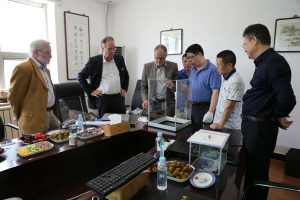
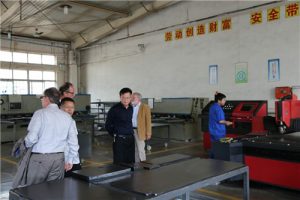
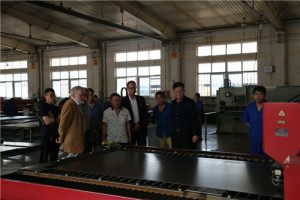
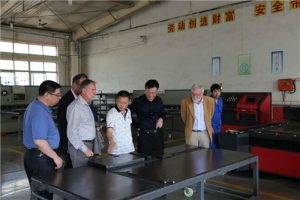
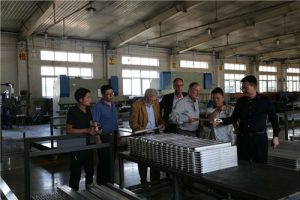
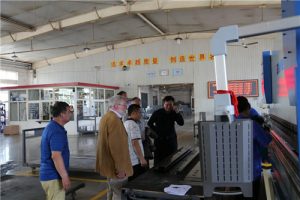
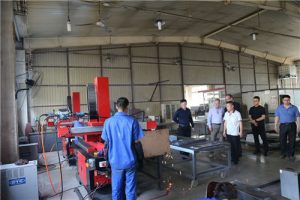
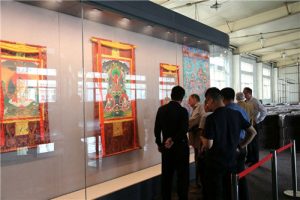
Minister of Myanmar Culture Department and Director of National Museum of Myanmar Inspect Showcase installation by Wangda Showcases
April 19,2017, the Minister of Myanmar Culture Department and the Directors of National Museum of Myanmar(Nay Pyi Taw)had an inspection on the museum display cases installation by Wangda Showcases.The National Museum of Myanmar has five wings: A,B,C,D and E. In the hall A, mini theatre, VIP holding hooms, president’s gifts exhibition room and public areas are included.
Primates and Fossils Exhibition Room-This exhibition room displays fossils of Pondaung formation, petrified plants found in Pondaung formation and Irrawaddy sedimentary formation. The display highlights the fact that Myanmar civilization developed uninterruptedly and Myanmar is one of the original places of homo sapiens. Anthropologist the world over agreed that Myanmar’s humanoid primate display at the exhibition room, is the most pre eminent anthropoid primate.
Pre Historic Period Exhibition Room-In this exhibition room, tools, weapons and utensils from Myanmar Stone Age, Bronze Age and Iron Age are displayed. Miniature replicas of Padah-Lin Caves is displayed with the supporting special lighting and models. Center piece of the display is miniature replica of the excavation site of bronze age with the supporting objects such as pots, urns, beads and bronze weapons.
Proto Historic Period Exhibition Room-Small scale model of UNESCO’s World Heritage listed Halin, Beikthano and Sri Ksetra Pyu cities and other early Myanmar city states from all over the country are revealed in this room. Moreover, five Pyu figurines, gold, silver, bronze and earthen artifacts from excavated sites, are displayed in this exhibition room.
Historic Period Exhibition Room-In this exhibition room, miniature replica of religious structures, literature, architecture, cultural artifacts and religious objects are displayed. Center piece of the display is Bagan architecture showing religious structure, wall painting, fresco, masonry and ceramic works.
Myanmar Art Gallery-The display of Myanmar paintings includes old traditional paintings, wall paintings of successive eras, Jataka epic paintings and masterpiece of doyen artists. It is divided into old genre paintings, contemporary paintings, modern paintings and classic painting.
Myanmar Performing Arts Exhibition Room-This exhibition room displays Myanmar dramatic art, Myanmar traditional orchestra and miniature theater stage made in accord with tradition. Myanmar traditional musical instruments, Myanmar marionette and various musical instruments of Kachin, Kayah, Kayin, Chin, Bama, Mon, Rakhine and Shan national races are also displayed.
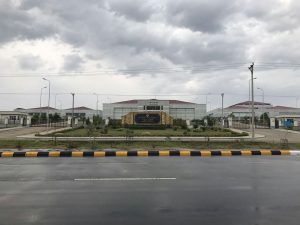
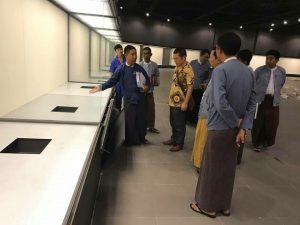
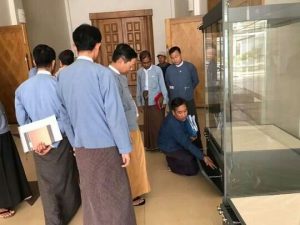
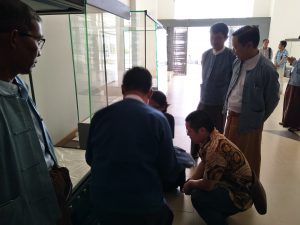
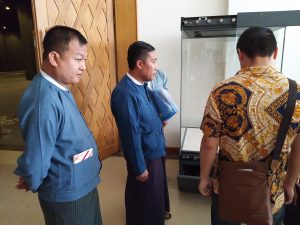
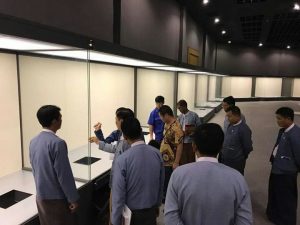
Museum Display Cases Installation at National Museum of Myanmar
The professional installation team and project management from Wangda Showcases work on the on-site installation for the delivered museum display cases/museum showcases for national museum of Myanmar(Nay Pyi Taw).
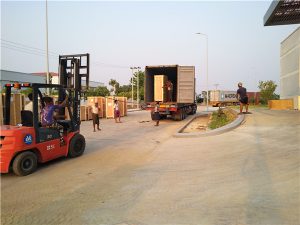
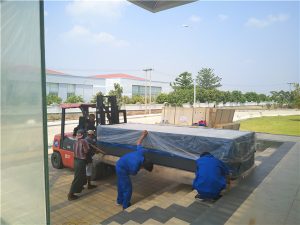
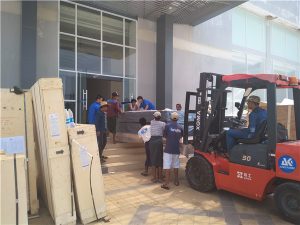
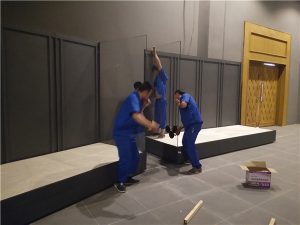
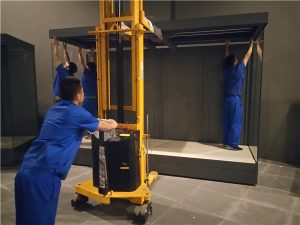
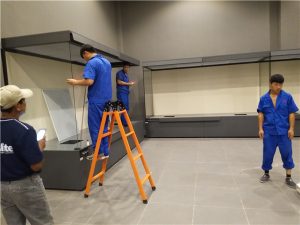
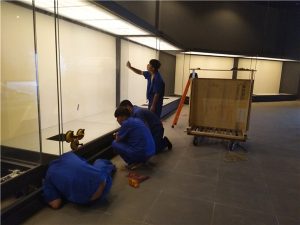
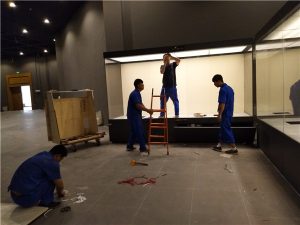
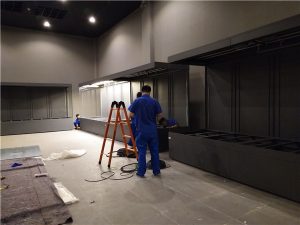
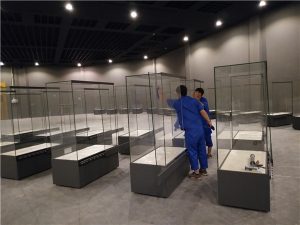
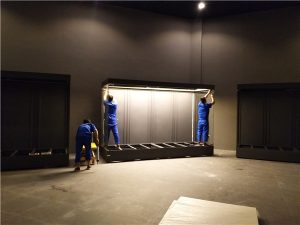
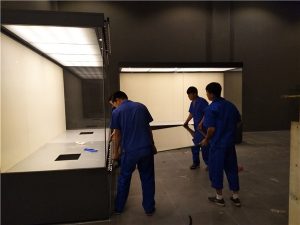
WANGDA SHOWCASES won the high-end museum display cases project for Shen Wu Men(Gate of Godly Prowess)of the Palace Museum(Forbidden City)
WANGDA SHOWCASES successfully WON THE HIGH-END MUSEUM DISPLAY CASES PROJECT FOR SHEN WU MEN GALLERY OF NATIONAL CLASS MUSEUM-PALACE MUSEUM(Forbidden City).
The Forbidden City served as the Chinese imperial palace many many years back in dynastic China.It’s nowadays also known as the Palace Museum for its role as the collector of Qing/Ming artifacts and all.Shen Wu Men (Gate of Godly Prowess),the north gate of the Palace Museum(Forbidden City) was built in 1420 (18th year of Ming Emperor Yung Lo’s reign) and rebuilt in Ching Emperor Kang Hsi’s reign. There was a bell and a drum in the gate tower. Dawn and dusk were marked by 108 tolls of the bell, while in between there was a beating of the drum every two hours.
WANGDA SHOWCASES won China South Sea Museum
WANGDA SHOWCASES won the museum display cases project from another National Class museum-China South Sea Museum.This new national museum is built in HaiNan,the southernmost of China, to conserve and display the culture of the South China Sea.This national-class Museum will exhibit evidence of China’s sovereignty over the South China Sea, including genglubu, traditional guidebooks to the sea and islands for fishermen, seafaring technology, and historical relics found in the South China Sea islands.
The museum, will cover 1.5 hectares at Tanmen fishing harbour in Qionghai, on the east coast of the island province, and has a projected building cost of 932 million yuan (US$139 million).Tanmen, a well-known small fishing town whose residents are thought to have been the first to explore and exploit the South China Sea, with the help of genglubu and the compass, was regarded as the perfect site for the museum.The museum will make use of advanced digital and virtual technology including the big-data service.
The museum will have six exhibit sections, on historic cultures that lived by the south China Sea and the plant and animal life of the area, two thematic exhibitions of cultural relics of the Maritime Silk Road collected from seven provinces, and underwater cultural relics from the South China Sea, as well as cultural relics from overseas.
Visit by the Museum Professionals from National Museum of Myanmar
Wangda Showcases was visited by the supplier of National Museum of Myanmar.During 3 days’ visiting,the professional crew had an inspection tour at our workshops and showrooms,and had a meeting for discussing the details about museum showcase project for the National Museum of Myanmar.The New National Museum is located at the capital of Myanmar. Myanmar has a long history with rich cultural heritage both tangible and intangible.The National Museum (Nay Pyi Taw) strives to reflect Myanmar’s rich cultural heritage in an interesting manner.Permanent Collections are Stone, bronze, iron, gold and silver objects, ceramics, glass, wooden objects, lacquered objects, textiles and paper.
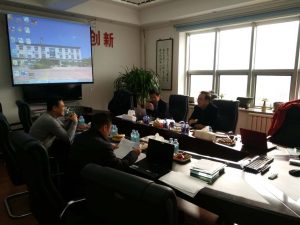
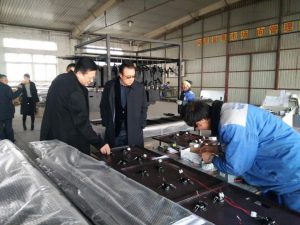
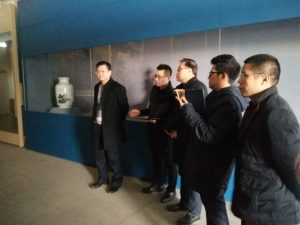
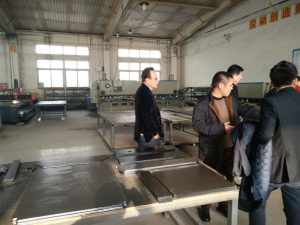
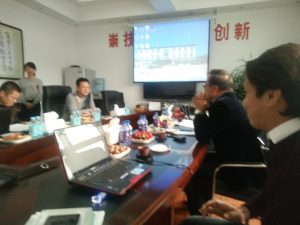
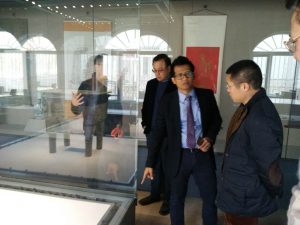
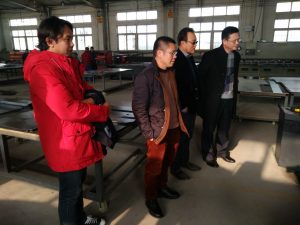
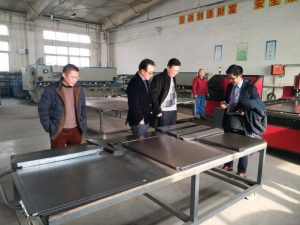
Wangda Showcases won Museum Display Cases Project for National Museum of Myanmar
Wangda showcases was awarded with the contract of museum showcases for the National Museum of Myanmar(Nay Pyi Taw) to design, manufacture and install all the 80 no.s museum grade display cases with right preservation technique and high standard for all the exhibition rooms.
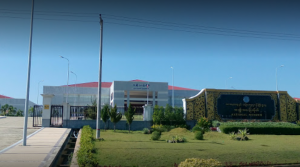
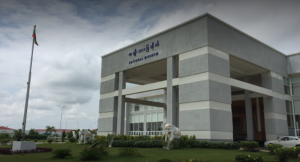
WANGDA WON DISPLAY CASES PROJECT FOR NINGXIA MUSEUM
Wangda Showcases successfully won the huge museum showcase project for the Museum of Ningxia Hui Autonomous Region.
The Museum of Ningxia Hui Autonomous Region(Abbr.:Ningxia Museum), located at the Chengtian Buddhist Temple in Yinchuan City, is a comprehensive historical museum of provincial level in China. The Museum was prepared in 1959 and officially completed in 1973.
The Museum has collected over 10,000 cultural relics, of which 45 are Class One collection, among which are the ink-stick unearthed from a Han tomb at Guyuan County of Ningxia, the gold-plated copper bull unearthed from a Western Xia (1038-1227) tomb, and a silk banner presented to the leader of the Hui nationality by the Red Army when passing by Guyuan County of Ningxia during the Long March. The overwhelming majority of the relics collected by the Museum were obtained from archeological survey and field excavation with the exception of small quantity of collected items and the items left over through the ages.
The basic exhibitions of the Museum are the Historical Relics of Ningxia, the Relics of Western Xia, the Revolutionary Relics of Ningxia and the Folk Custom Relics of Hui Nationality.
